Subtotal: $20.00
MDMA vs Molly
$30.00 Original price was: $30.00.$20.00Current price is: $20.00.
| Formula | C11H15NO2 |
|---|---|
| Molar mass | 193.246 g·mol−1 |
| 3D model (JSmol) | |
| Chirality | Racemic mixture |
| Density | 1.1 g/cm3 |
| Boiling point | 105 °C (221 °F) at |
MDMA vs Molly: Understanding the Difference
Explore the distinctions between MDMA and Molly with this comprehensive overview. Both substances are often associated with euphoric experiences, but they differ in form, purity, and usage.
MDMA (3,4-Methylenedioxymethamphetamine):
A synthetic psychoactive drug known for its stimulant and empathogenic effects. Typically found in a pure, crystalline powder or pill form, MDMA is used recreationally to enhance mood, increase energy, and foster emotional connection. It’s often lab-tested for purity, but impurities can vary depending on source.
Molly:
A slang term for “molecular” or “mortar and pestle,” Molly is commonly referred to as the “pure” crystalline form of MDMA. However, Molly can sometimes be adulterated or cut with other substances, making its purity variable. It is usually sold in powder or capsule form and intended for recreational use.
Key Differences:
– Form: MDMA is usually a powder or pill; Molly is typically a crystalline powder marketed as purer MDMA.
– Purity: Molly is often perceived as purer, but purity can vary significantly.
– Usage: Both are used for similar effects—euphoria, increased empathy, and heightened sensory perception—but users should be cautious of adulterants in Molly.
Important Reminder: MDMA vs Molly
Both substances carry risks and legal considerations. Always prioritize safety and be informed about the potential effects and dangers.
Be the first to review “MDMA vs Molly” Cancel reply
Related products
MDMA
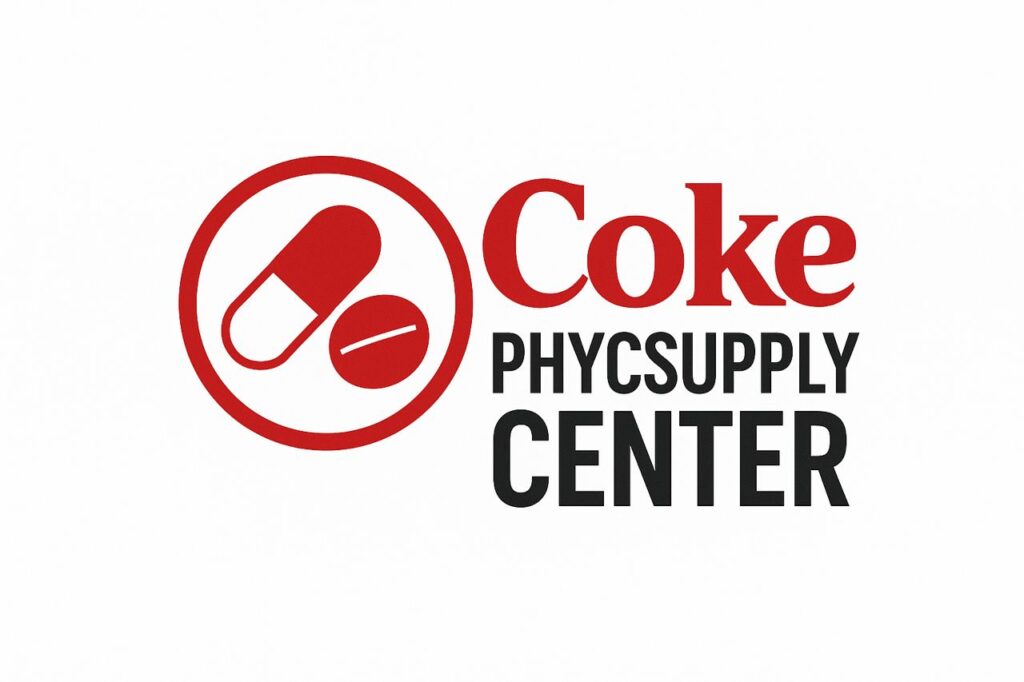

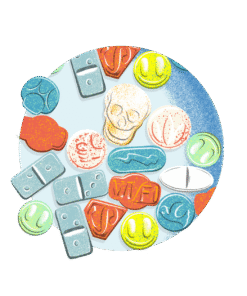 MDMA vs Molly
MDMA vs Molly 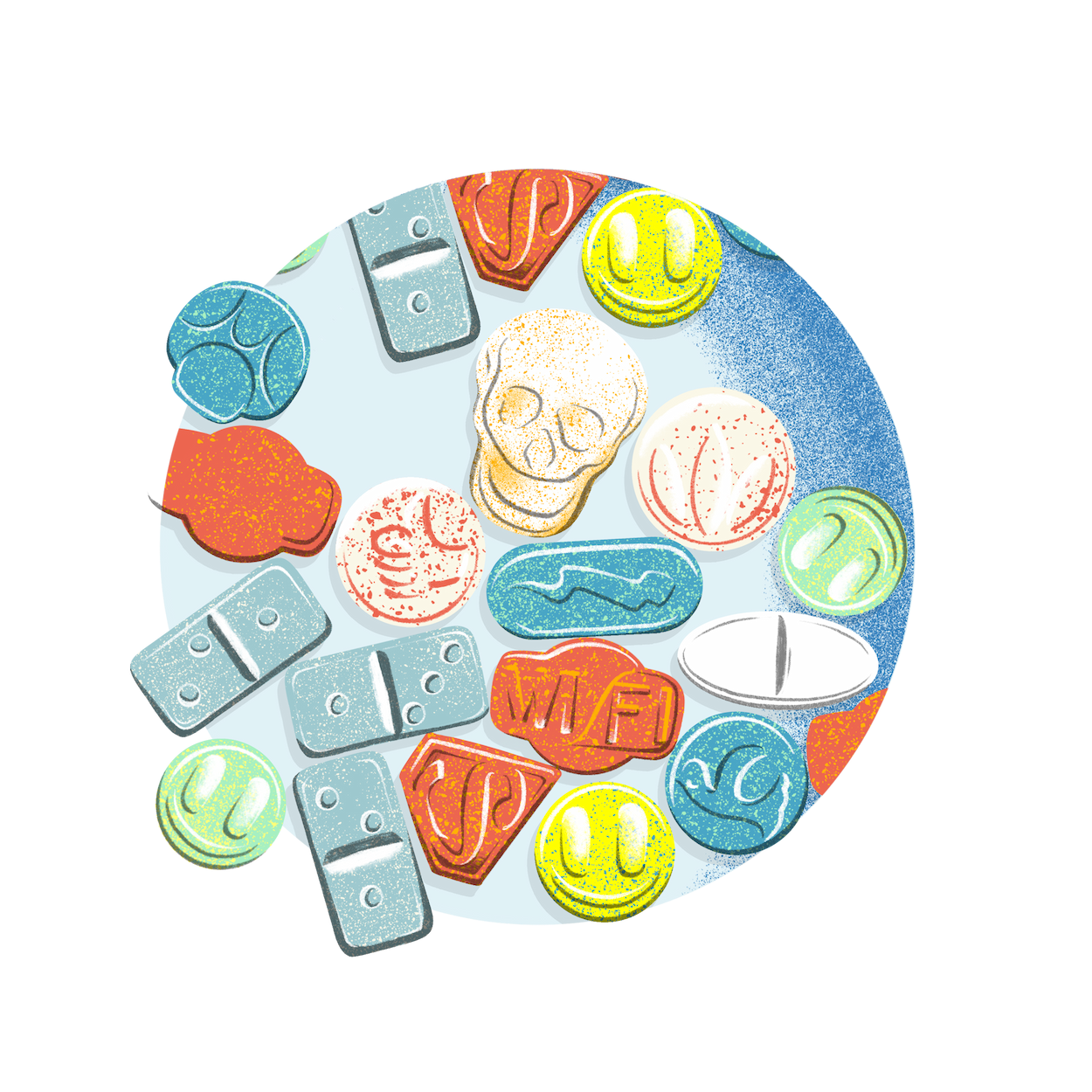
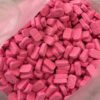
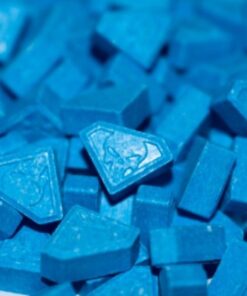
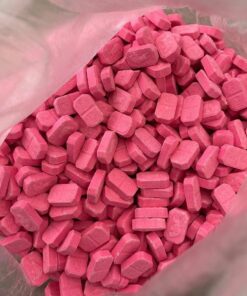
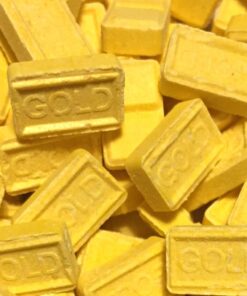
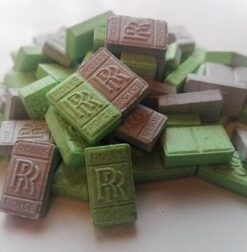
Reviews
There are no reviews yet.